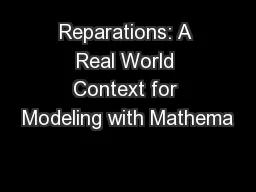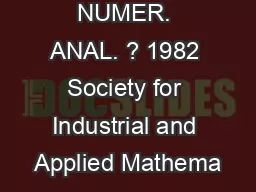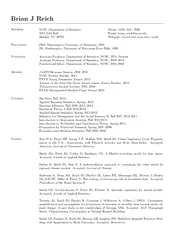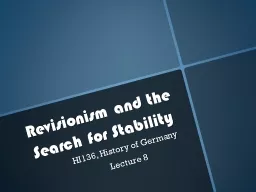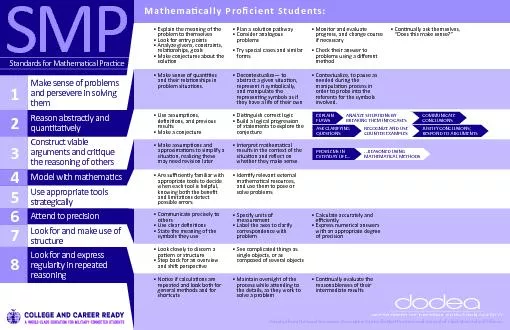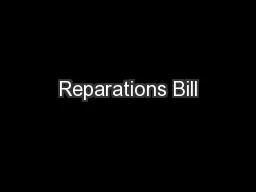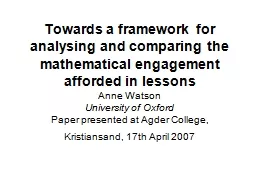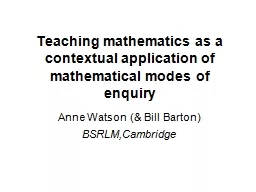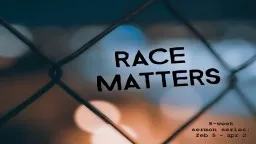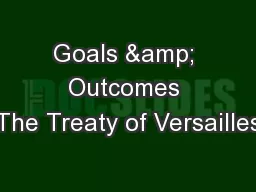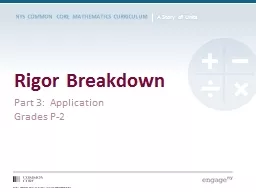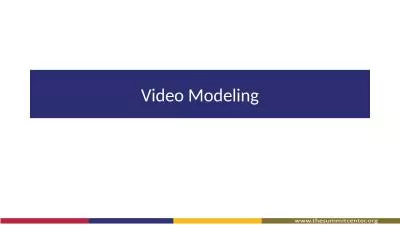PPT-Reparations: A Real World Context for Modeling with Mathema
Author : test | Published Date : 2016-07-02
California Mathematics Council Southern Section Conference Palm Springs California November 1 2013 Kyndall Brown Executive Director California Mathematics Project
Presentation Embed Code
Download Presentation
Download Presentation The PPT/PDF document "Reparations: A Real World Context for Mo..." is the property of its rightful owner. Permission is granted to download and print the materials on this website for personal, non-commercial use only, and to display it on your personal computer provided you do not modify the materials and that you retain all copyright notices contained in the materials. By downloading content from our website, you accept the terms of this agreement.
Reparations: A Real World Context for Modeling with Mathema: Transcript
Download Rules Of Document
"Reparations: A Real World Context for Modeling with Mathema"The content belongs to its owner. You may download and print it for personal use, without modification, and keep all copyright notices. By downloading, you agree to these terms.
Related Documents

